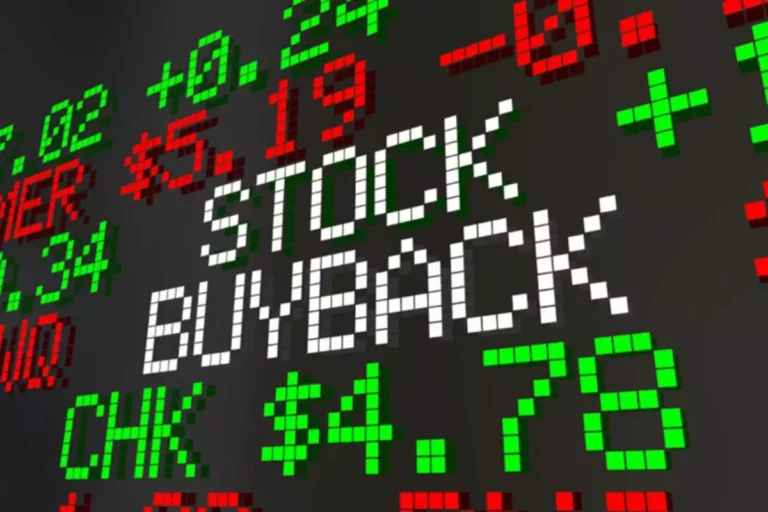Content
The https://www.xcritical.com/ collapse of the fiat currency remains a highly improbable event, except in the case of higher inflation. As the federal reserve controls the regulation of fiat currencies, the shortage of money is an unlikely scenario. However, it may collapse to even zero in a rare case of a global recession. The value of a fiat currency is undoubtedly dependent on the financial performance and political stability of the issuing regime.
What is your current financial priority?
All national currencies today that are in circulation, and that central banks issue and manage, are fiat currencies. The value of fiat money is determined by the amount of it that is available and the stability of the government that issued Proof of identity (blockchain consensus) it. It’s not inherently valuable and is only considered money because the government has authorized it to be used as a medium of exchange. Its value is established through the nation’s economic stability and the government’s reliability.
Stock Market Recovery Explained
With the right policies, economic downturns can be countered, and booms can be sustained. Since it’s not tethered to the whims of gold or silver reserves, its value remains largely predictable and can be managed actively to respond to economic events. A careful balance is essential; too much money can lead to inflation, while too little can stymie economic growth. By exchange crypto fiat doing so, they control the amount of money in circulation, impacting interest rates and, by extension, consumer spending and saving.
- The U.S. economy and population, however, didn’t grow by 38% over that two-year period.
- Fiat money is prevalent globally and includes currencies such as the US dollar, which is declared legal tender by the government without being backed by a commodity.
- So representative money is similar to fiat money in that it is generally made of paper, but it represents a quantity of a commodity.
- Other examples of failed fiat money systems include the Weimar Republic in Germany, Hungary in the mid-1940s, Chile throughout the 1970s and 1980s and Belarus in the early 1990s and late 2000s.
- They can be exchanged freely over the Internet without needing third parties such as PayPal or Visa.
- However, fiat money falls apart when people start to refuse it as a medium of exchange.
Governmental Control and Regulation
Furthermore, fiat currency was instituted in the US amid the emergence of North American colonialism. Firstly, the government presented US notes (a type of paper fiat currency alias greenbacks) throughout the civil war. Afterward, the Bretton Woods Agreement (1944) set the valuation of 35 US dollars to one troy ounce of gold. The Fiat money system is backed by the reliability of the issuing government and is used as a means of payment. Moreover, its value relies on the nation’s commercial performance, leadership, and its effect on lending rates. Please note that the fiat money system is unredeemable and inconvertible.
Fiat Money: What It Is, How It Works, Example, Pros & Cons
We are compensated in exchange for placement of sponsored products and services, or by you clicking on certain links posted on our site. Therefore, this compensation may impact how, where and in what order products appear within listing categories, except where prohibited by law for our mortgage, home equity and other home lending products. Other factors, such as our own proprietary website rules and whether a product is offered in your area or at your self-selected credit score range, can also impact how and where products appear on this site.
This has its own effect on the wider economy, but the restrictive nature of commodity or even representative money can mean its supply is unable to match economic output. Furthermore, the administration must ensure its complete security against duplication and management of finances for a strong fiat currency. Thus, a politically stable country possibly has a strong fiat currency that facilitates purchasing power. Contrastingly, an unstable nation has weak money, hindering purchasing power. Increasing the money supply may sound like a central bank, such as the U.S. Federal Reserve Board, can just magically make money appear out of thin air.

For instance, a number of African governments such as Zimbabwe have been known to print an excessive amount of money, thereby creating hyperinflation. New money floods the economy, thereby deflating its true value. This erodes people’s trust in the government’s ability to maintain its value.
Fiat money gives financial policymakers a set of tools they can use to adjust the monetary supply to suit the needs of the economy. For instance, they can readily infuse money to stimulate demand in times of slow growth. Fiat money is prevalent globally and includes currencies such as the US dollar, which is declared legal tender by the government without being backed by a commodity. It is very easy to confuse fiat money and representative money.
In modern economies, relatively little of the supply of broad money is physical currency. Fiat money got its name because it was originally issued by royal decree (fiat). The term “fiat” means “let it be done,” this type of money started when kings declared legal tender gold or silver coins. When Central Banks print money, it doesn’t always lead to inflation on everyday goods like butter and milk. This has been seen through the tech market booms, the house market booms, and the banking sector crash of 2009. When more fiat money is created than valued goods in the economy, it represents an excess of cash which eventually finds itself creating a bubble.
Excessive supply of a fiat currency will lead to a drop in its value. History is full of examples, such as Weimar, Germany, in the 1920s, and, more recently, Zimbabwe and Venezuela, of governments increasing the supply of fiat money too much and causing hyperinflation. Fiat money affects the economy by permitting governments and other regulatory bodies to implement monetary policies that influence interest rates, inflation, and overall economic stability. The government has more flexibility to regulate its own currency, but fiat money must be closely regulated to prevent instability and hyperinflation. France, the Continental Congress, and the American colonies began using paper currency in the 18th century.
This decrease in demand can lead to a decline in gold’s market value. For example, during the technological boom of the late 1990s, gold prices were relatively lower as investors preferred the blossoming stock market. Fiat currency and gold have an intricate and long-standing relationship in the world of economics. As global economies have shifted from the gold standard to adopting fiat currencies, this transition has opened the door to flexible monetary policies.

An economy based on a gold standard, for instance, can’t easily increase its money supply to counteract a recession. These institutions, whether it’s the Federal Reserve in the U.S. or the European Central Bank in the Eurozone, have the exclusive right to produce (or mint) the national currency. By being able to influence interest rates, manage inflation, and control money supply, governments can adapt to economic challenges swiftly. Fiat money is a currency issued by a government that is backed by the authority and power of that government and its economy rather than a physical commodity.
As the colony expanded, coins from France came to be used widely, but there was usually a shortage of French coins. In 1685, the colonial authorities in New France found themselves seriously short of money. A military expedition against the Iroquois had gone badly and tax revenues were down, reducing government money reserves.
If we look back to the Great Depression in 1929, the cause was linked to the decreasing supply of the US dollar when compared to the United States’ economic growth. At the time, the US dollar was linked to gold, which partly explains why the Federal Reserve was reluctant to print more dollars. It was representative money, so if it printed too much, there wouldn’t be enough gold to satisfy demand, particularly if there was a run on the banks. Although government grants the value of fiat money, it would be worthless without the consumers trust.